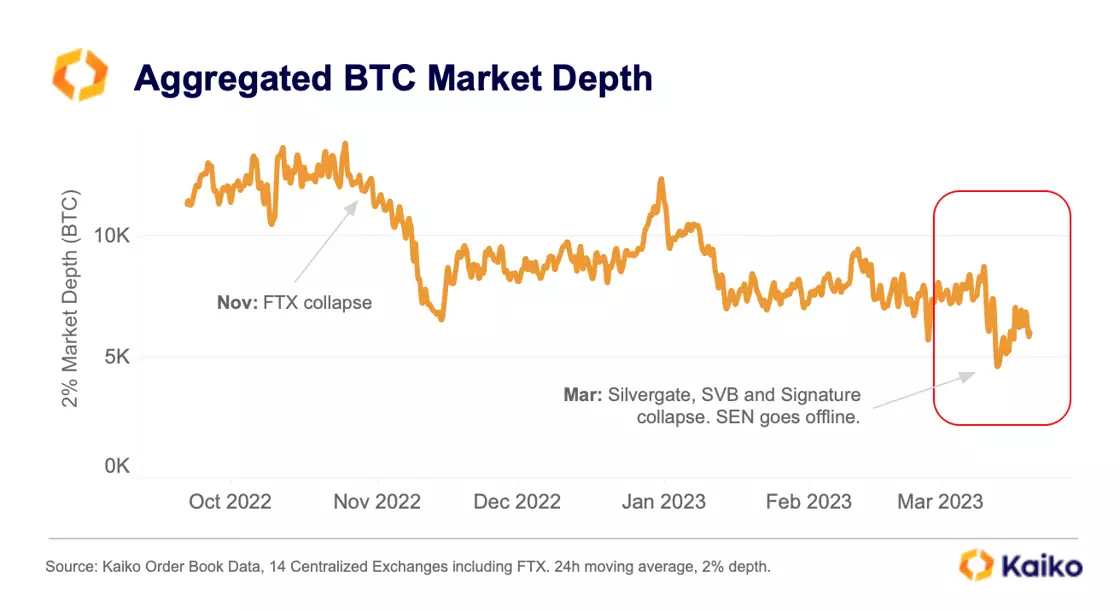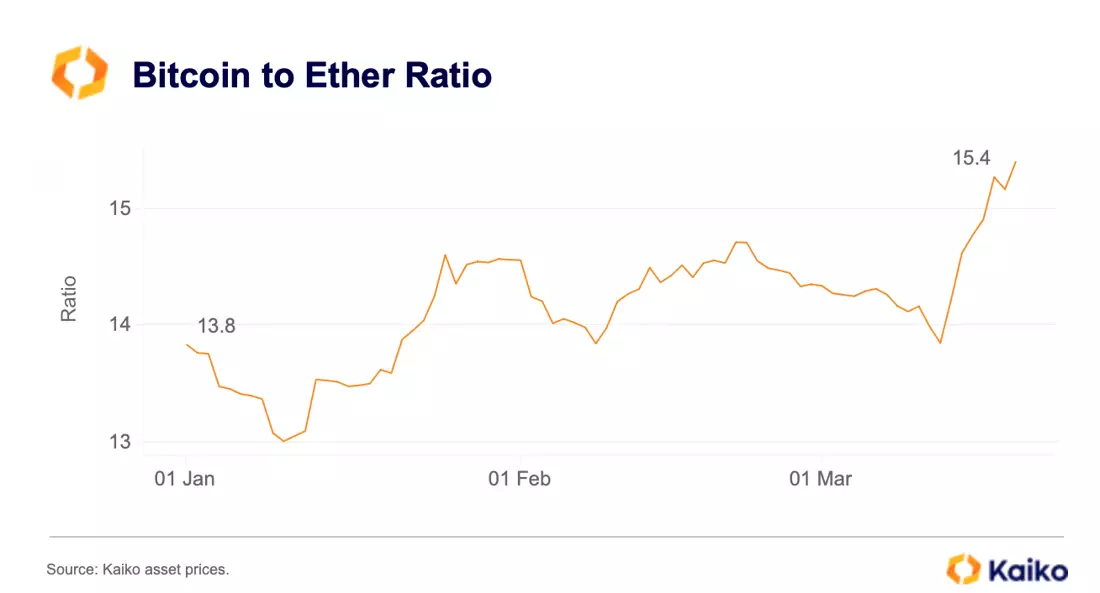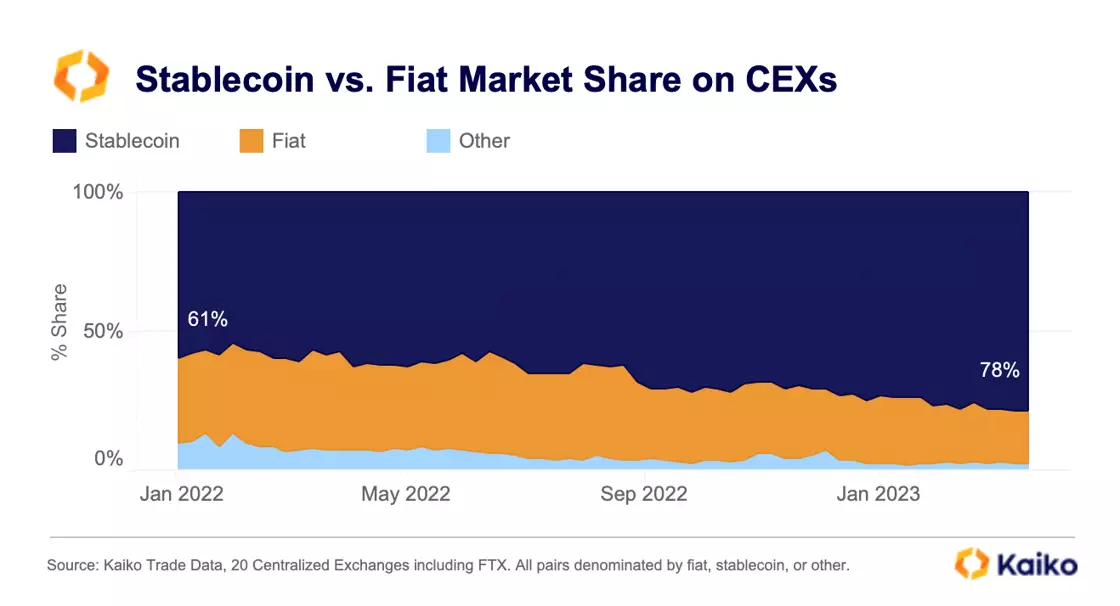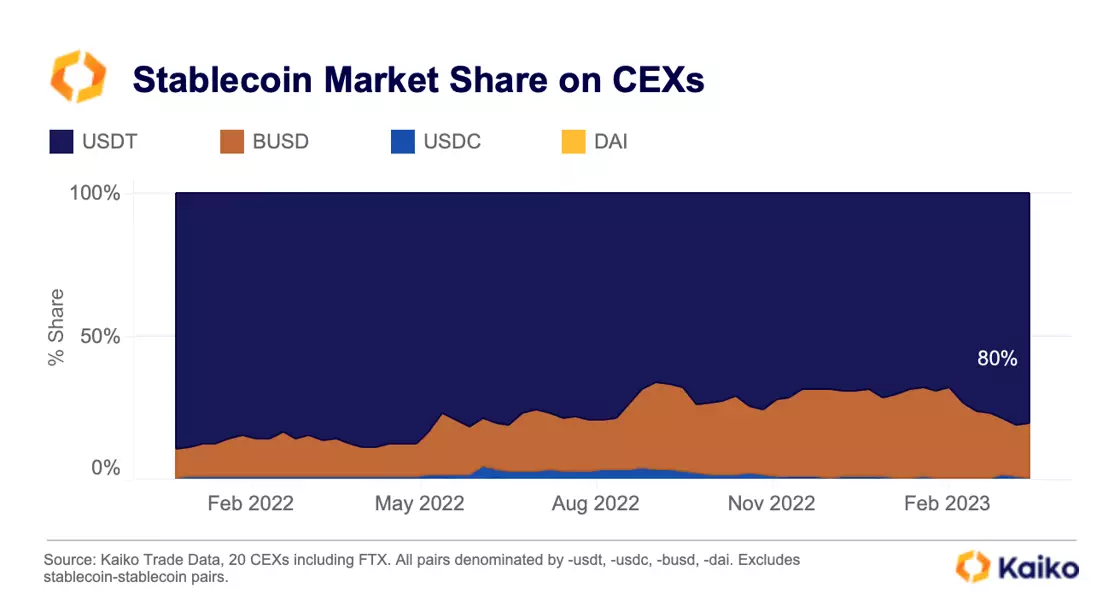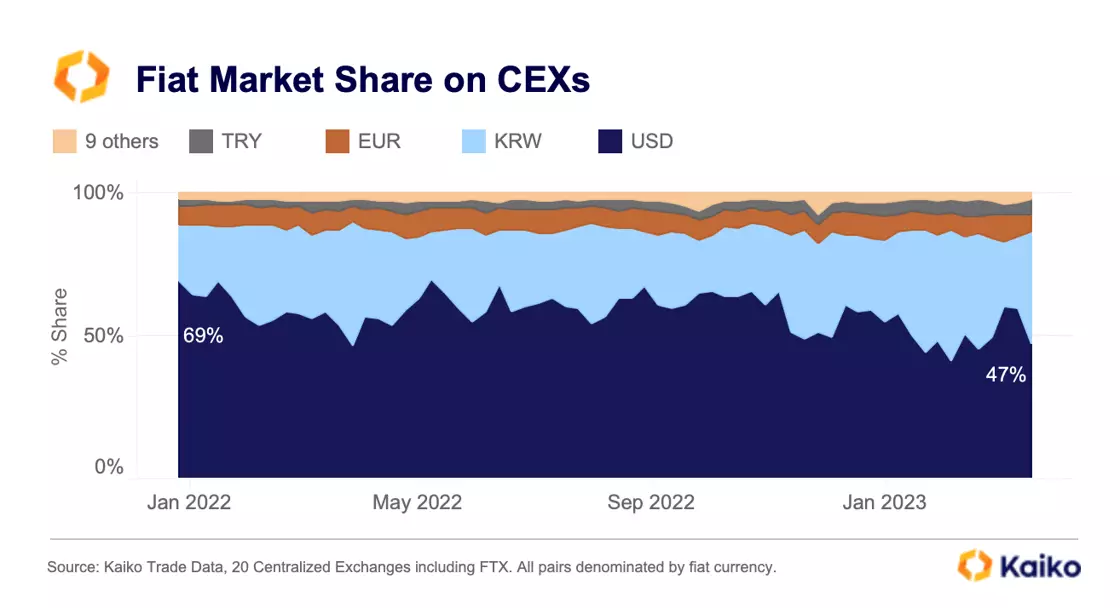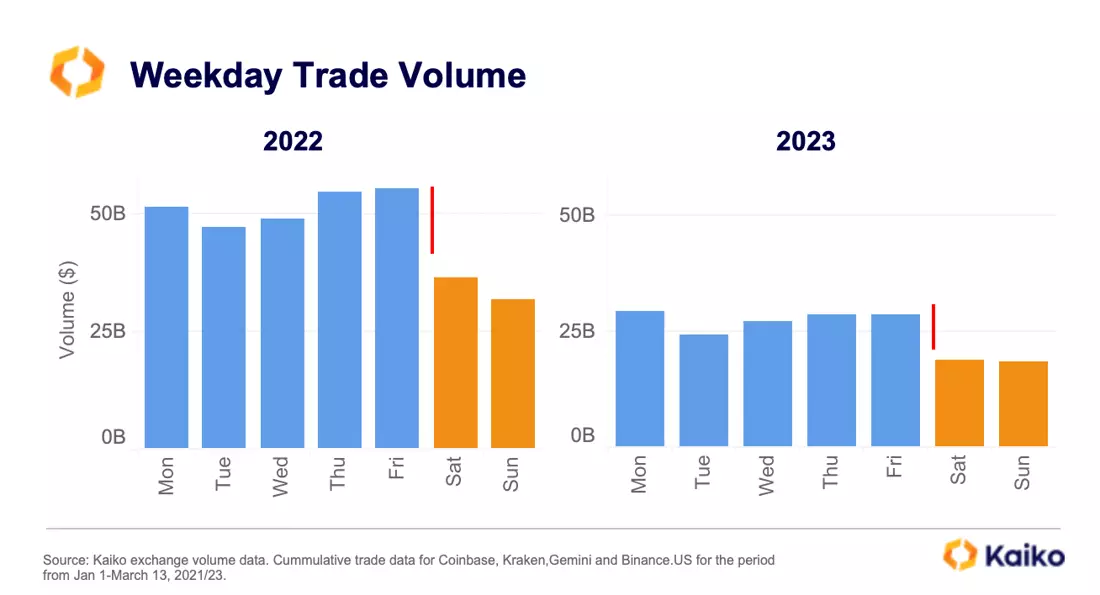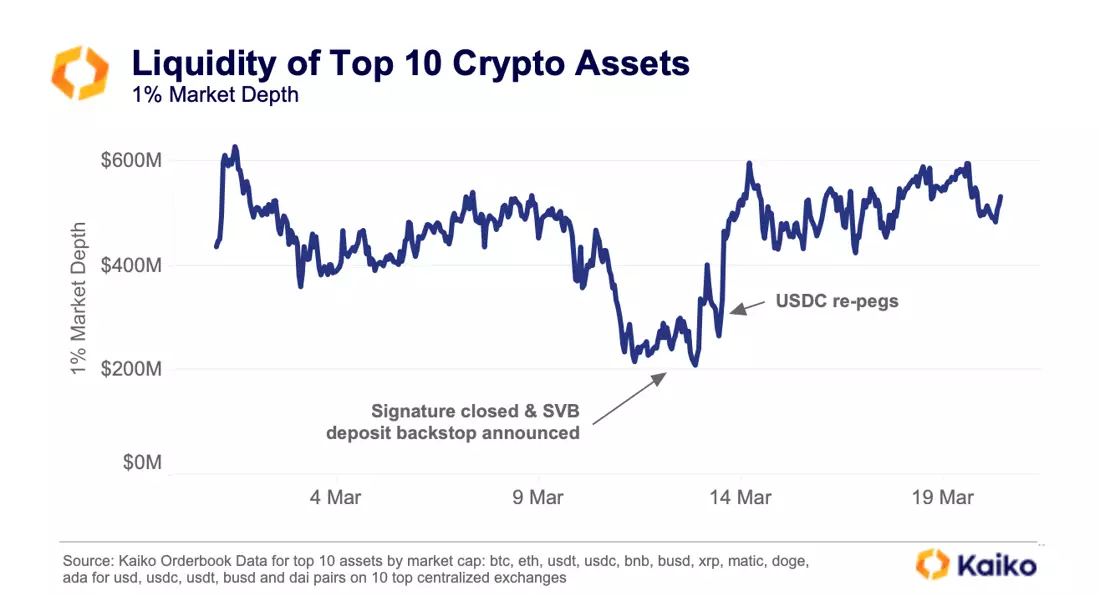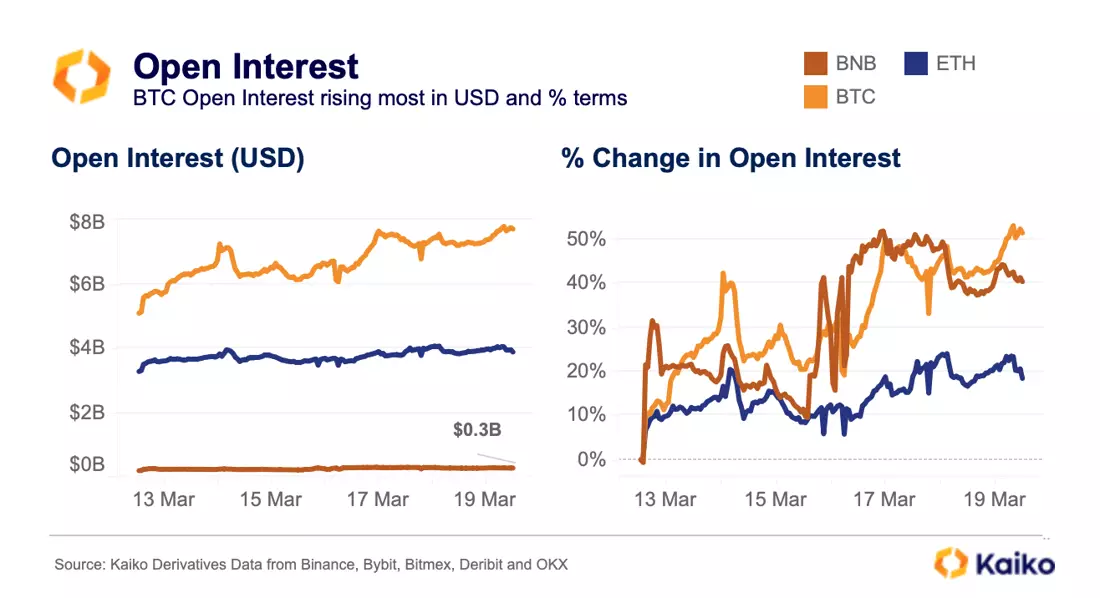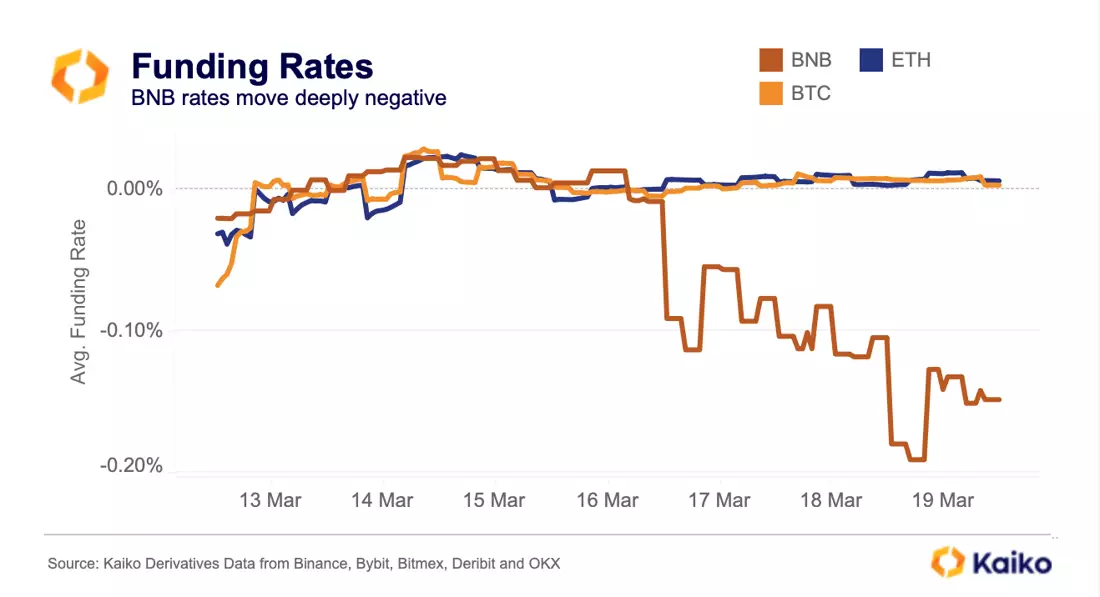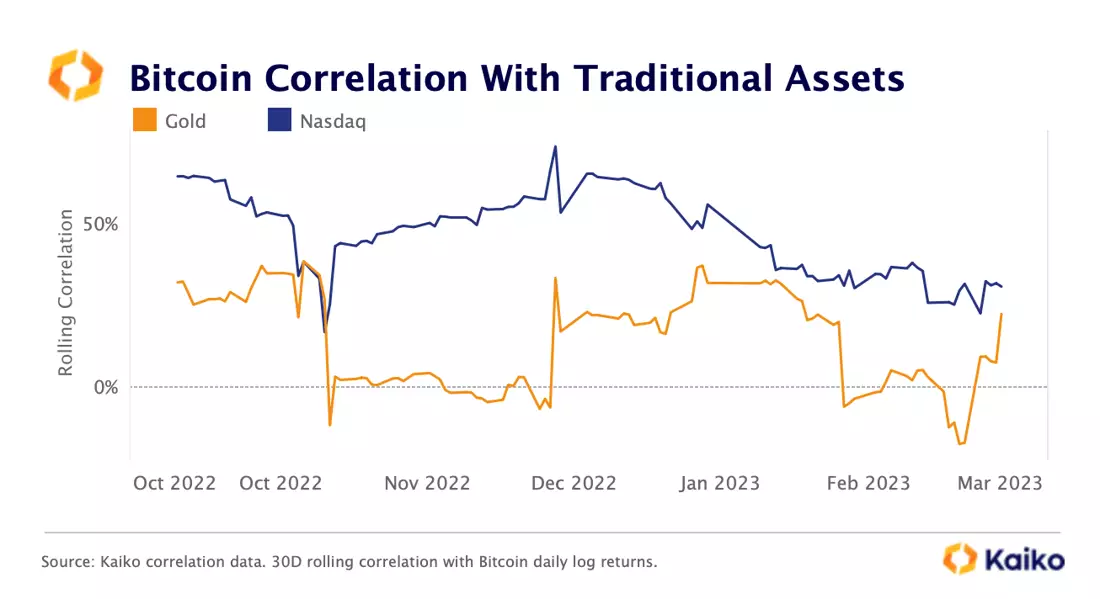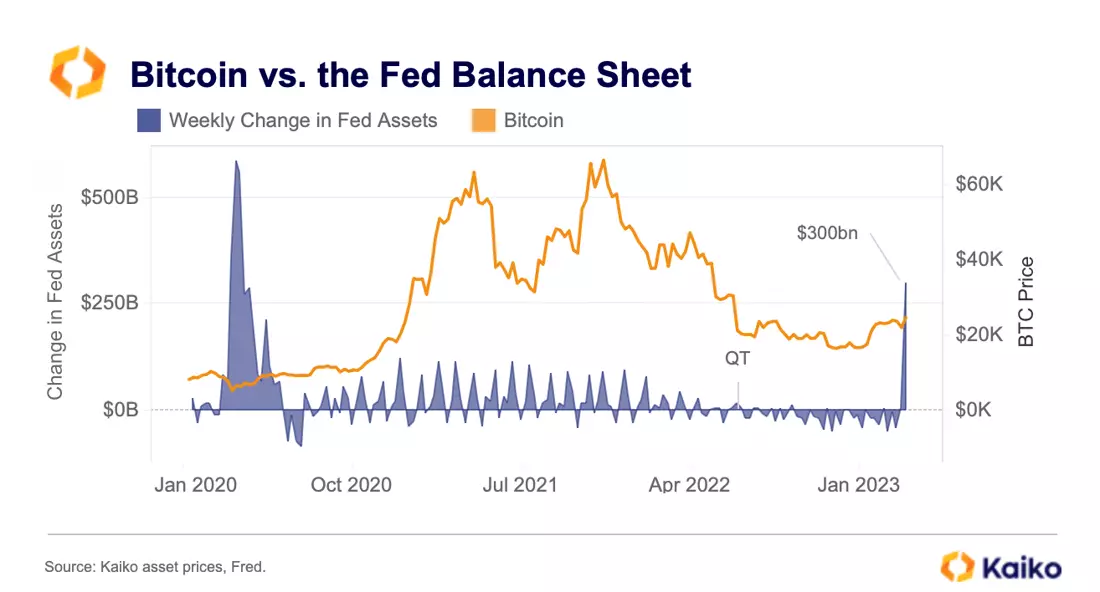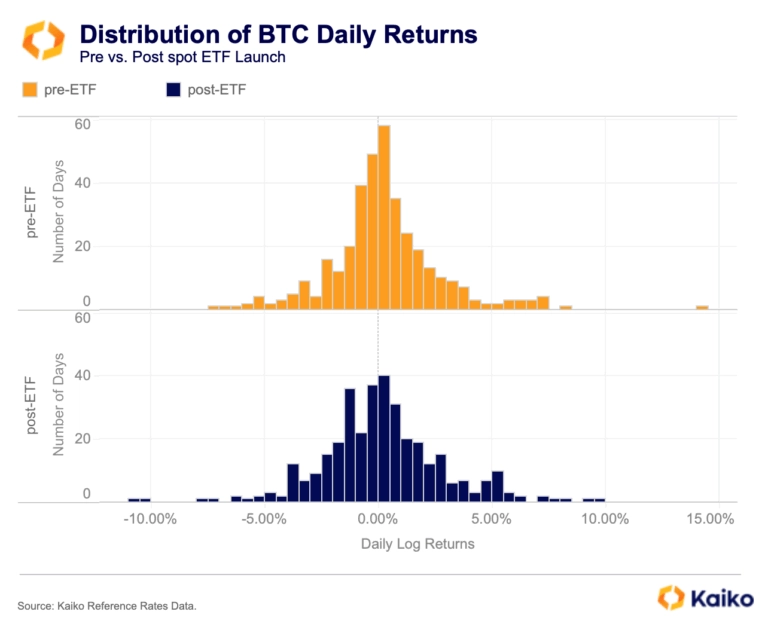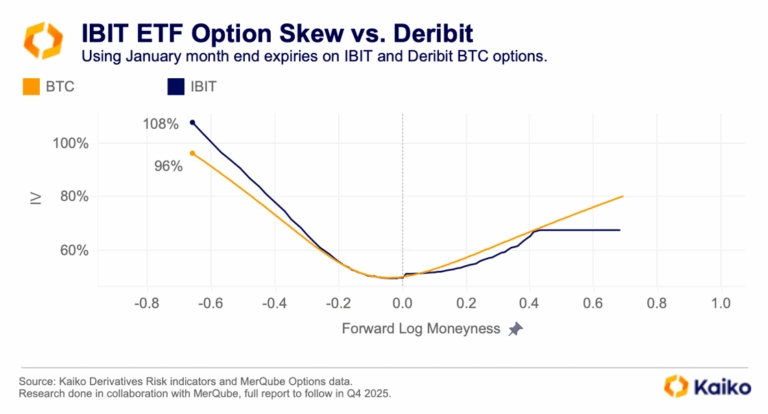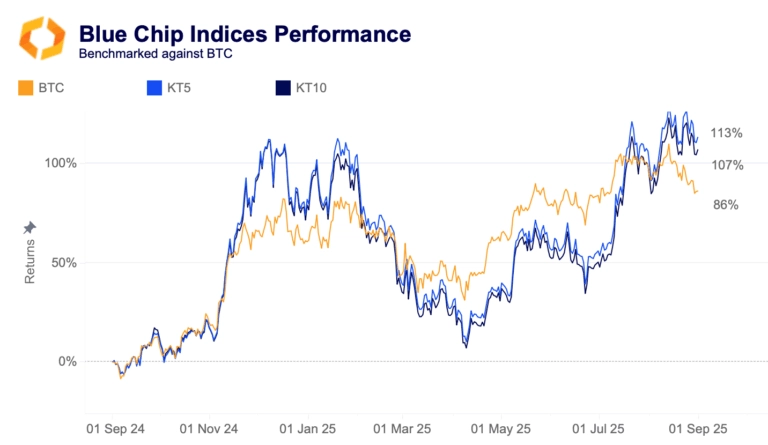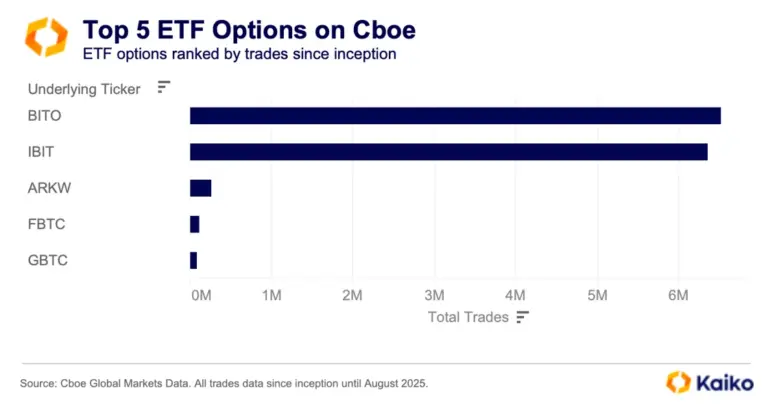Looking for a your AI data assistant?

Trade Volume Soars As BTC Crosses 28k
20/03/2023
Data Used in this Analysis

More From Kaiko Research
![]()
Bitcoin
07/10/2025 Data Debrief
Is Wall Street Driving BTC Prices?BTC crossed $125k for the first time over the weekend as markets rose across the board last week. Following BTC’s latest record run, we’re exploring BTC’s price drivers and price discovery mechanisms. In particular, we look at the role of spot exchange-traded funds on prices, questioning a common assumption that they are the main driver of BTC’s price.
Written by Adam Morgan McCarthy![]()
Bitcoin
30/09/2025 Data Debrief
Why IBIT Options Traders Paid a Premium for ProtectionToday we’re looking at how risk is measured in crypto, by comparing both traditional and native markets. With the advent of multiple spot crypto exchange-traded funds there’s also a plethora of new derivative offerings. How traders price risk in these markets doesn’t always align. We’ll explore this today by looking at options on Deribit and Cboe.
Written by Adam Morgan McCarthy![]()
Indices
22/09/2025 Data Debrief
Not Just Bitcoin: Baskets Show The Wider Market StoryAs we approach the end of the third quarter, we’re casting an eye over the broader market and which individual assets are driving returns. Despite BTC languishing over the summer, as ETH and XRP outperformed it, BTC has still dominated the narrative. However, we found that it’s not just the original cryptocurrency that’s driving returns in the market right now.
Written by Adam Morgan McCarthy![]()
ETF
15/09/2025 Data Debrief
Competition for Crypto Options Heats UpThis week we’re diving into all things crypto derivatives, with a particular focus on options markets. Crypto derivatives markets have been dominated by native players over the past decade, but now competition is growing. We explore this growing competition and how options on traditional venues might offer broader growth opportunities for altcoins.
Written by Adam Morgan McCarthy




